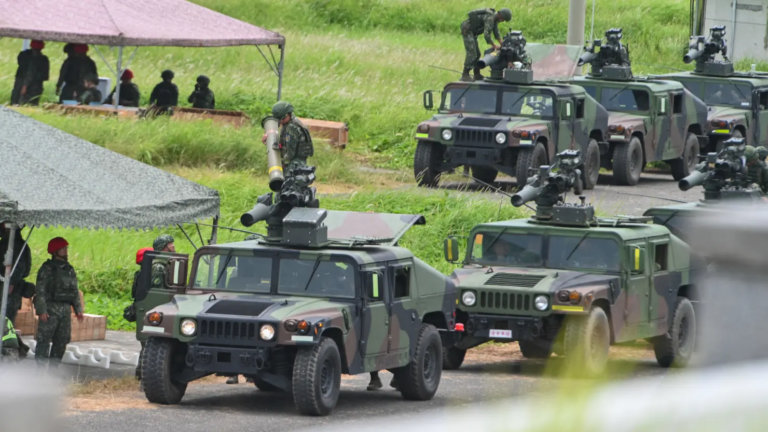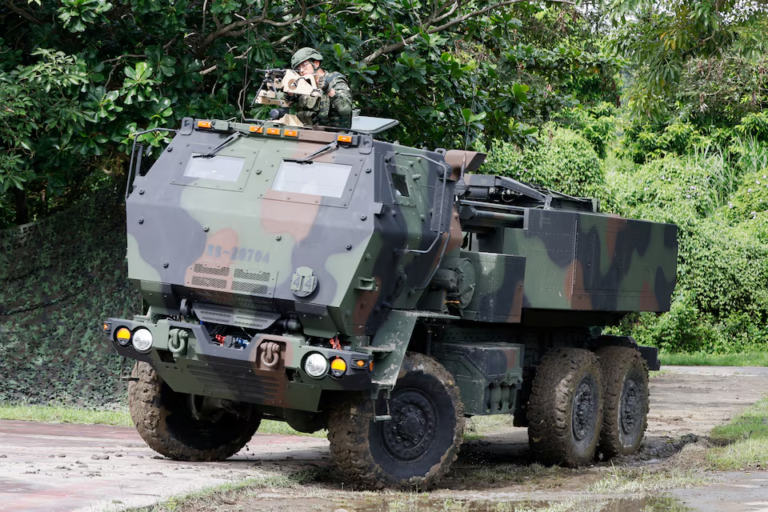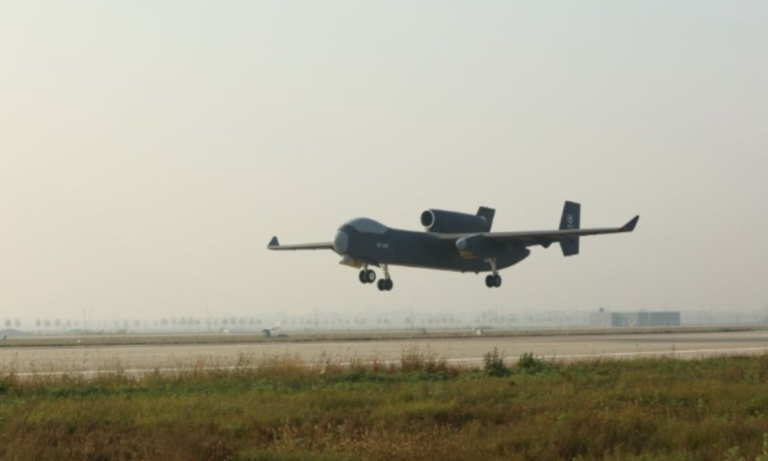
A shortage of amphibious warfare ships for commanders across the globe has reached a breaking point, with defense officials warning VOA the crisis has triggered a monthslong drought in critical firepower from sea-based Marines.
“I have the Marines, and I have the squadrons, and I have the battalions and the batteries … I just don’t have the amphibs,” Marine Corps Commandant Gen. Eric Smith told VOA in an exclusive interview.
While the amphibious warfare ships, known as amphibs, make up just 10% of the fleet, they are the go-to alternative to aircraft carriers when commanders need something more precise or expedient. They also are the only ships made for the Marine Corps’ rapid reaction forces, known as Marine Expeditionary Units (MEUs), to get equipment and troops from sea to shore during an assault.
“Amphibs are vital to us. They are an existential part of who we are as Marines,” Smith said.
Military’s Swiss Army Knife
Once deployed, these units of about 2,000 Marines and sailors are the military’s Swiss Army Knife, providing everything from strike power with F-35 fighter jets, to support in non-combatant evacuation operations and disaster relief, like when the 15th MEU rushed humanitarian aid to the Philippines after deadly floods and landslides last October.
It takes three amphibs – one big-deck amphib and two smaller ones – to make an Amphibious Ready Group that transports the Marines, a unit often referred to as an ARG/MEU.
While the U.S. military was busy fighting two wars in the Middle East, its amphib fleet, plagued with maintenance deferments and delays, fell into disrepair, said Shelby Oakley with the Government Accountability Office. Oakley authored a GAO report in December that showed half of the 32 amphibs in the fleet are in poor material condition.
“You’re running these ships to ground, not taking care of them,” she told VOA. “This is kind of equivalent to just driving your car and never changing the oil and expecting it to last 15 years. … Key systems aren’t functioning the way they are supposed to,” Oakley said.
In 2022, Congress mandated the Navy keep a minimum of 31 amphibs in its fleet after the service had tried to divest six of these poorly maintained ships in their fiscal year 2023 budget plan. The Marine Corps had said a minimum of 31 amphibs would be enough to complete their missions, so long as the fleet’s readiness rate remained at 80% or higher.
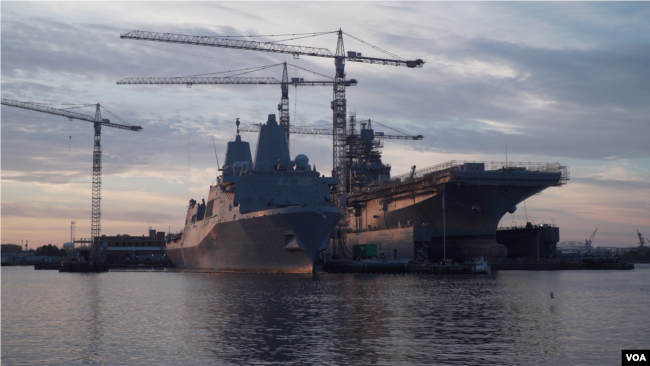
“Your readiness rate is down in the 50-percentile range, and it needs to be 80%, then I would say that’s a crisis,” Smith told VOA.
One of the amphibs – USS Tortuga – hasn’t sailed in more than a decade. And there are 15 more that the Government Accountability Office says are not on track to make it to the end of their 40-year service lives.
“We’re trying to keep an aging force ready and focused on what it needs to do,” Admiral Jim Kilby, the acting chief of naval operations, told VOA in an exclusive interview last month.
According to Kilby, the problem extends beyond amphibious ships.
“We’re running the whole Navy hard. So, when I started in the Navy, we had almost 600 ships. Now, we’ve got half that, but we are still doing the same mission,” Kilby said.
Coverage gaps
Kilby says the Navy is trying to tackle the issues dragging down its fleet the same way it fixed issues grounding its fighter jets a few years ago, closely monitoring its processes to adjust long-held practices that are slowing down change.
“The surface committee has doubled the number of ships that completed maintenance on time. It’s not where I want to be. I want to get better, so it is not acceptable to have 50%,” he said.
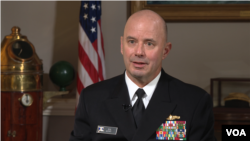
Kilby did not have a set date, though, for when the Navy planned to increase the readiness of the amphib fleet from 50% to 80%, an urgent need for the commandant who says the “gaps in coverage” already have begun.
“There was a non-combatant evacuation operation required to get American citizens out of Sudan when violence was erupting. And because there was no ARG/MEU presence, the AFRICOM commander was forced to use commercial airlines,” Smith said.
Even when ARG/MEU units have deployed, they’ve frequently deployed incomplete. The USS America Amphibious Ready Group deployed with two ships instead of three last year because there wasn’t another amphib available.
And the USS Boxer Amphibious Ready Group had so many maintenance delays that the Navy had to stagger each ship’s deployment last year, all months later than planned.
What was supposed to be a nine-month deployment resulted in just two months with all three ships together.
“When the Boxer wasn’t there, they couldn’t do F-35 operations, they couldn’t support an international partner as they had planned,” Oakley told VOA.
‘Not a Navy requirement’
The 31st MEU just completed their last patrol aboard the USS America Amphibious Ready Group earlier this month. The next ARG/MEU to deploy from the East Coast or Japan is still months away, according to officials who spoke to VOA on condition of anonymity to discuss future planning. Officials say one likely won’t deploy from the West Coast until 2026.
One Navy official told VOA the service only budgets to deploy one ARG/MEU at a time for only 10 months in the year. Asked about the discrepancy between the Marine’s needs and the Navy’s amphib availability, Kilby told VOA the Marine Corps’ 3.0 requirement “is not a Navy requirement.”
“I do not have a plan to get 3.0. I have a plan to maintain 31 ships per law in our shipbuilding plan,” Kilby said.



